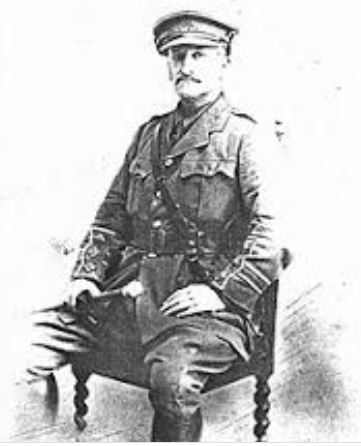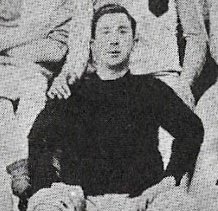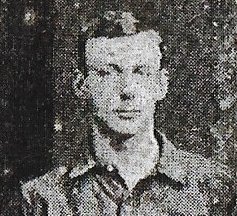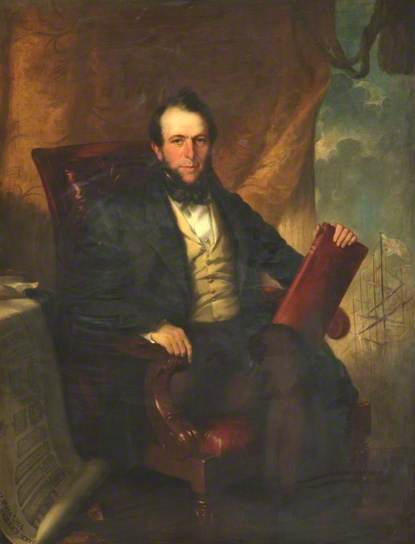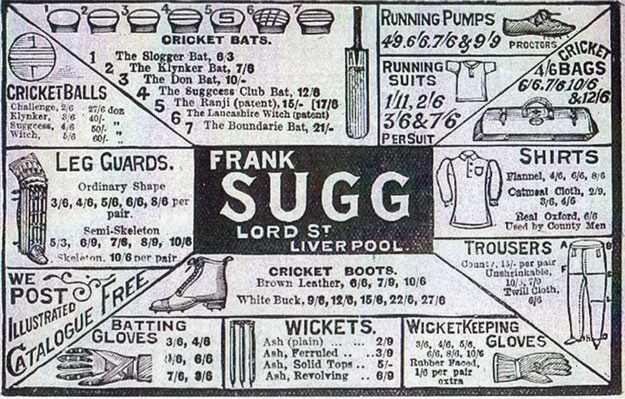Only Once a Blue (Part 3): Godfrey William Turner
Godfrey Turner, who was almost certainly the first southerner to play for Everton Football Club, came from an eminent family background. His father, Charles, was a prominent floriculturist in Victorian England and was the lessee of the Royal Nurseries at Slough, where he employed around 100 people. He had formerly held the licence of a flower nursery at nearby Chelvey with his wife, Susannah. Godfrey, their sixth child, was born there on 26 July 1854. Godfrey was educated at Crawford School and Twickenham College, after which his movements are something of a mystery. Official FA records place him acting as umpire at…

